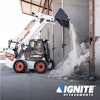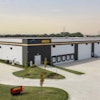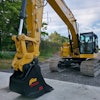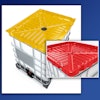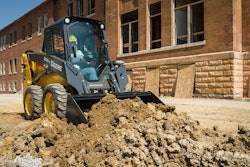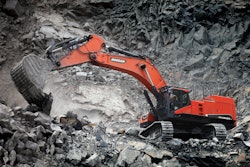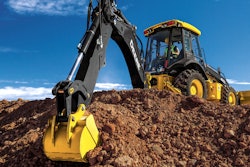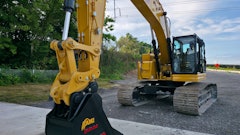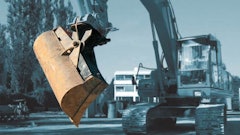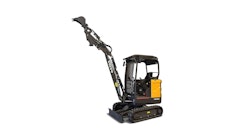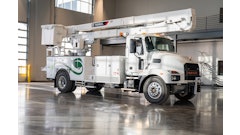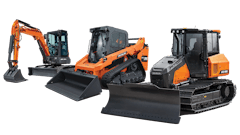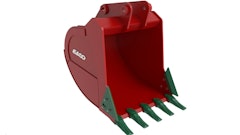
There are plenty of options to weigh as you’re choosing a wheel loader – size, power, technology, comfort and safety features – but the most important one may be the bucket. Selecting the wrong bucket can have a negative effect on your bottom line by reducing productivity, increasing fuel burn and causing premature wear. In fact, a bad choice can increase your costs by 10% to 20%. So how do you make the right choice? Start your bucket (and loader) selection process by considering these three factors.
1. Type of material being moved
Material density plays the biggest role in bucket selection, along with moisture level, hardness and abrasion. Base your choice on the heaviest material you plan to handle most of the time. Bucket names – General Duty, Heavy Duty, Abrasion – usually give away the type of material they’re meant to move. Keep in mind you may not be able to load a large bucket of very heavy, hard-to-get-through material to full capacity. A smaller bucket may out-dig a larger one by allowing your loader to cycle faster.
2. Size of bucket
Don’t fall for the myth that a bigger bucket means more production. Choosing a bucket that pushes your loader over the recommended capacity limit – even by just a few percentage points – accelerates wear, reduces component life and risks unplanned failure. Any short-term gains you realize are likely to get wiped out by repairs and downtime. Instead, follow this simple three-step process:
- Consider the capacity of the truck you’re loading.
- Determine how many loads you need to move each day.
- Select the bucket size that gives you the ideal pass match.
In many cases, it makes sense to determine your bucket size first, then select the wheel loader that can accommodate it – not the other way around.
3. Bucket design
Choosing the least expensive bucket is not always the best strategy. Two buckets may look the same but have big differences in design that make the lower-priced option the higher-cost choice. Here are some design features worth considering:
- Harder, thicker plate material that extends bucket life
- Quality edges, side cutters and teeth that pay for themselves in productivity, reusability and ease of installation
- Longer bucket floors that reduce cycle times
- Curved side plates and integrated spill guards that improve material retention
- Wear protectors and extra guarding that reduce damage and extend bucket life
- Quick couplers that boost productivity if you change buckets frequently
- Add-ons like bolt-on teeth and cutting edges that make one bucket more versatile
Looking for more guidance on bucket selection? Here are some tips for matching bucket type and material. And be sure to check out this wheel loader selection guide for more advice on everything from tires to technology.

